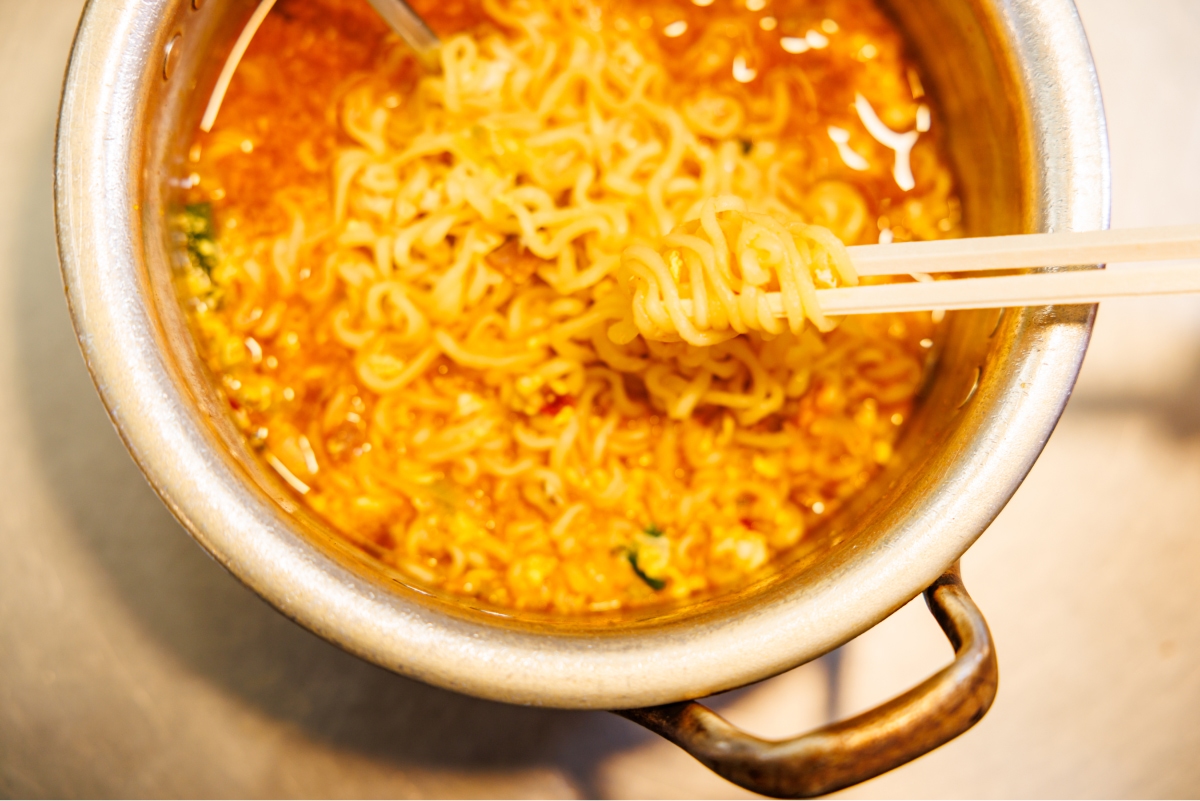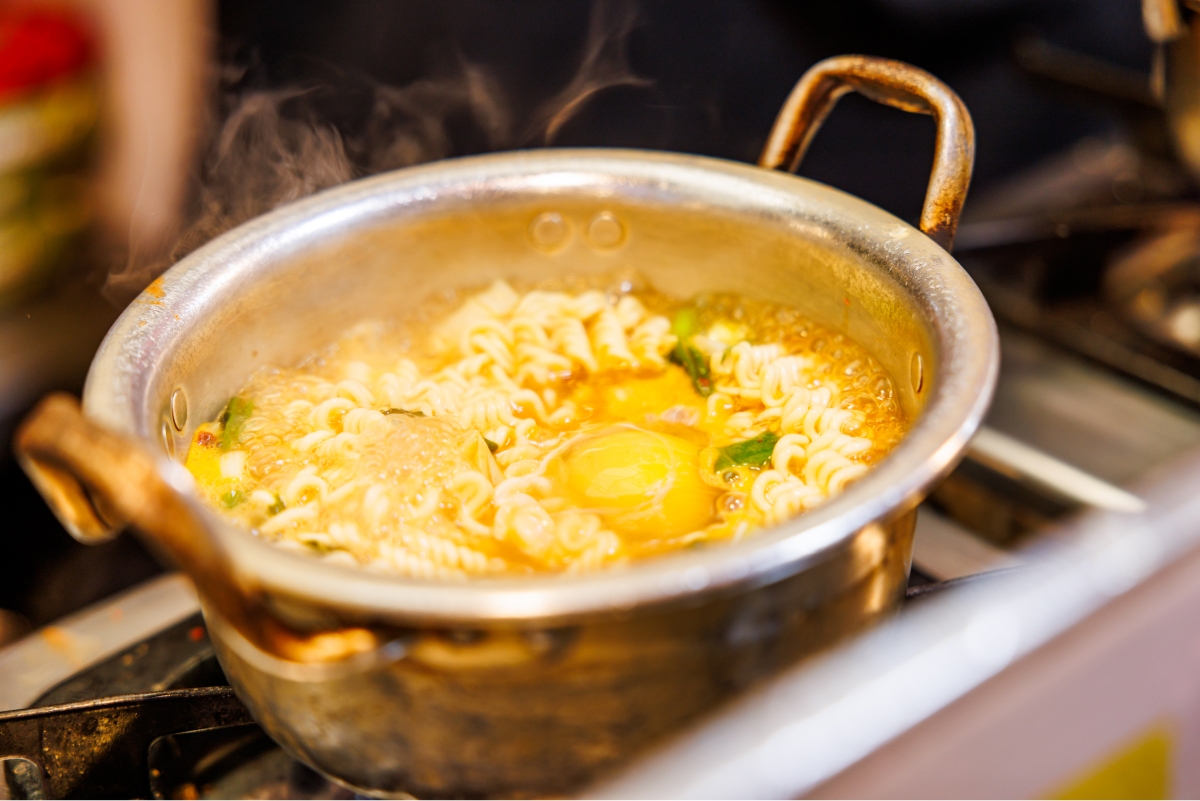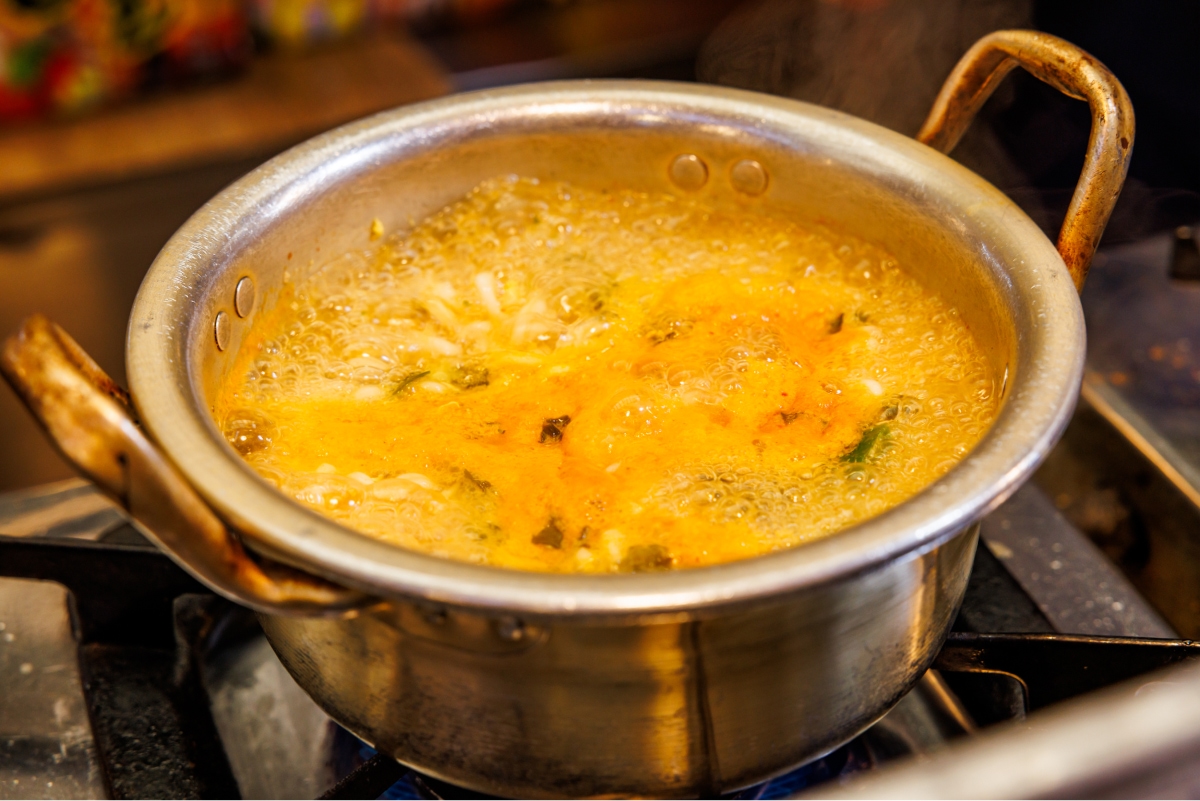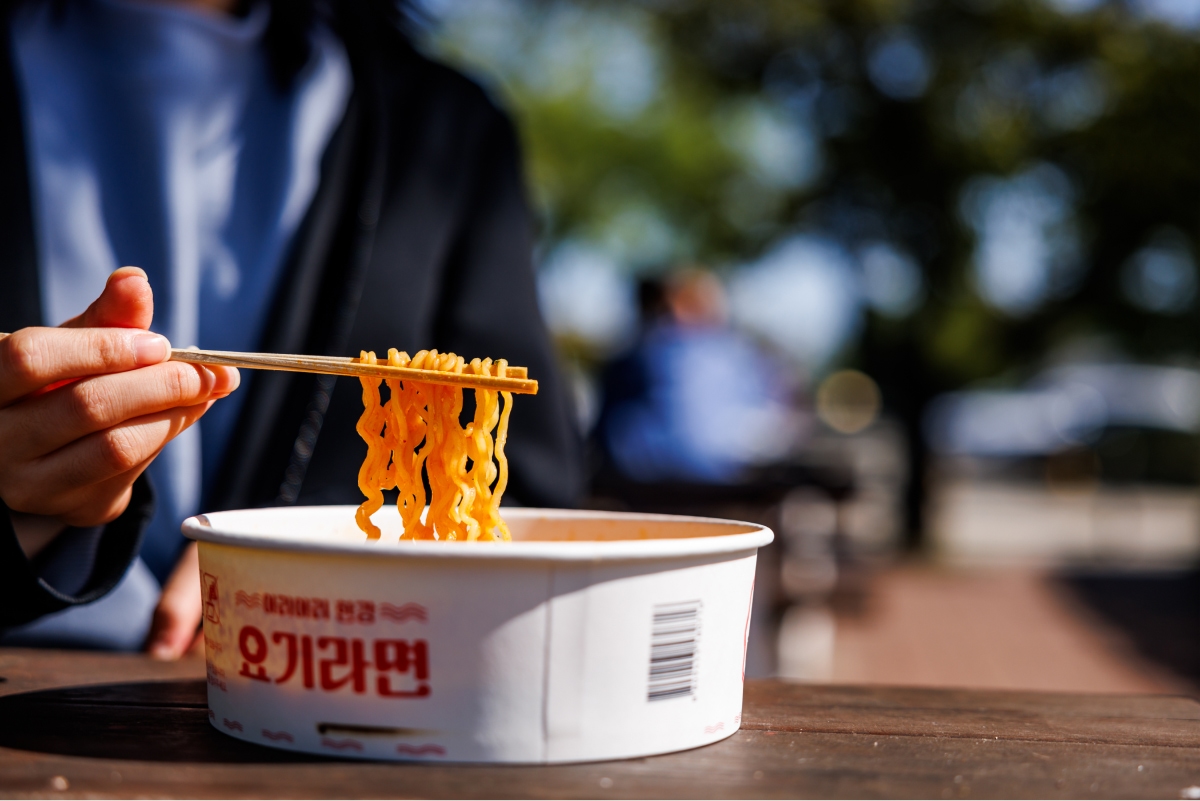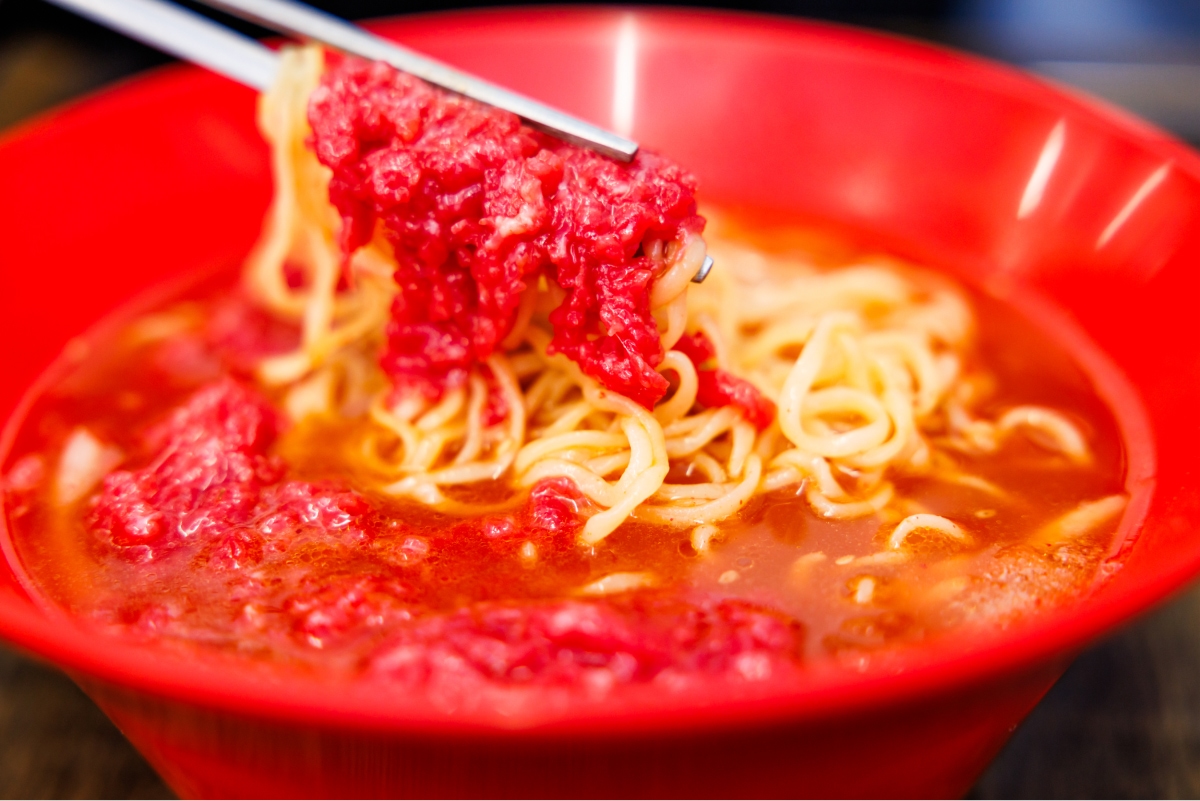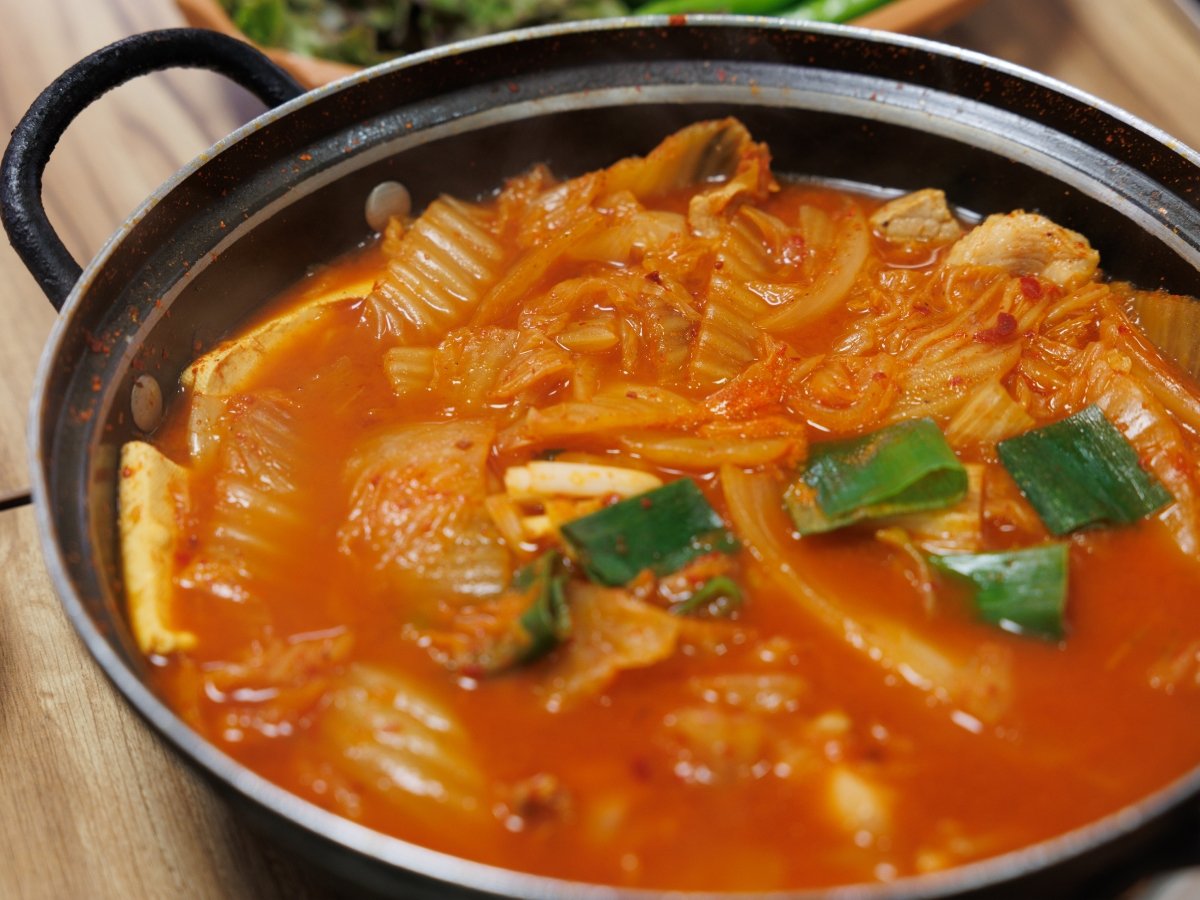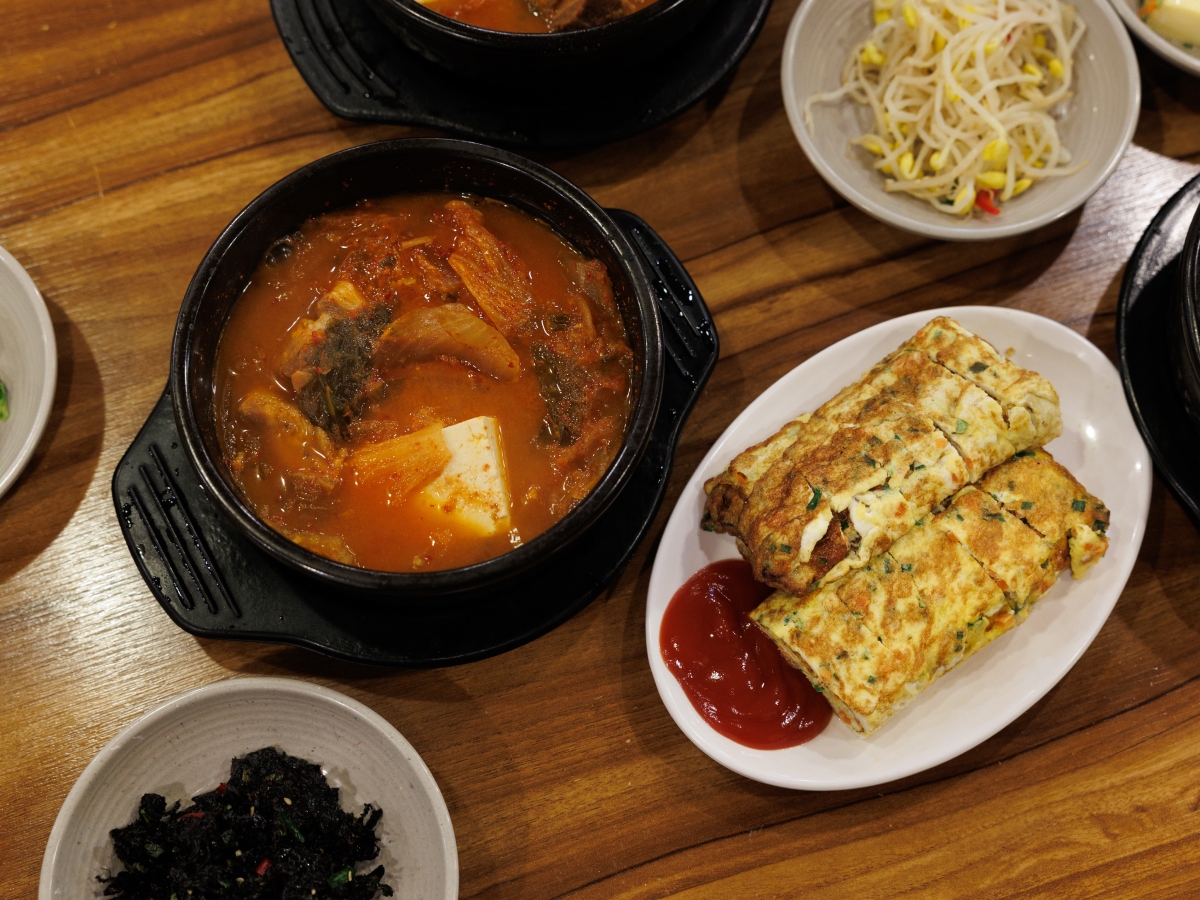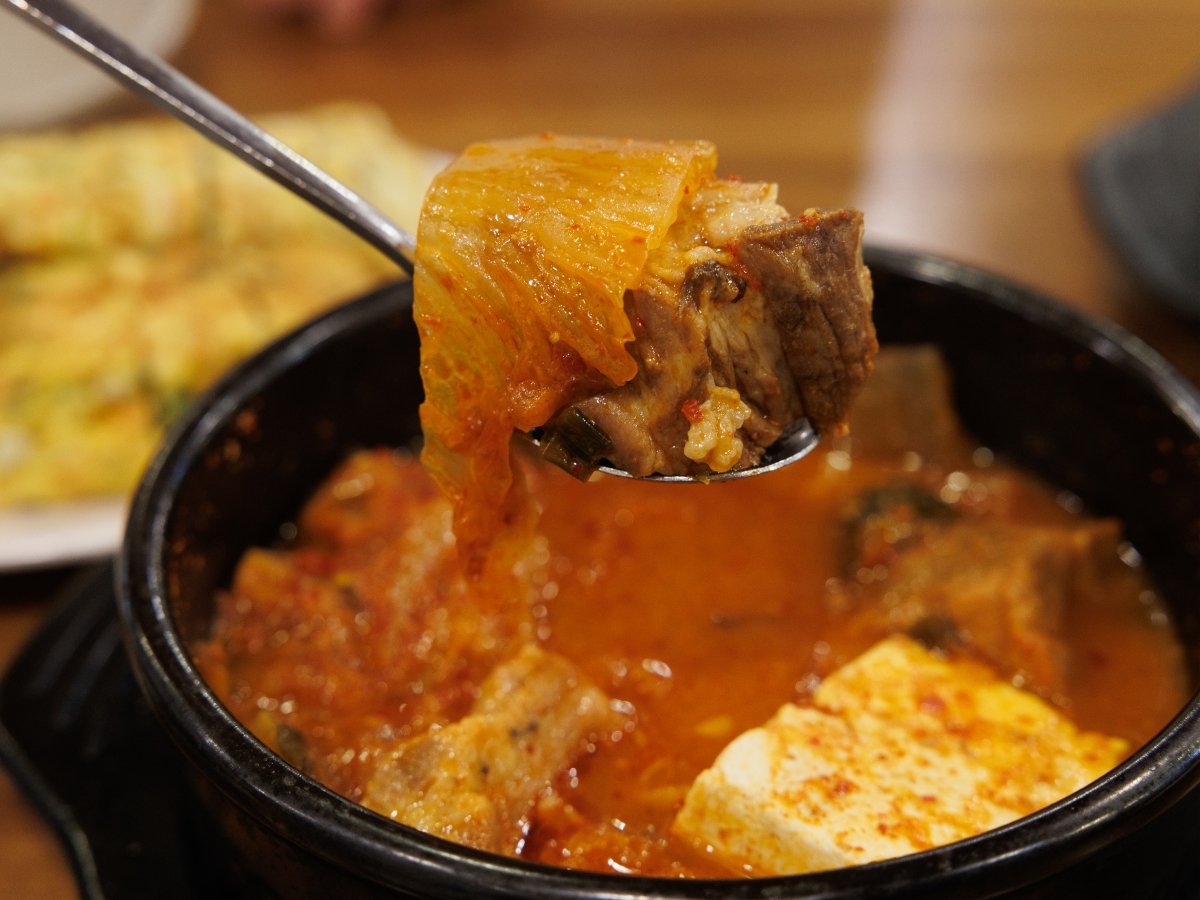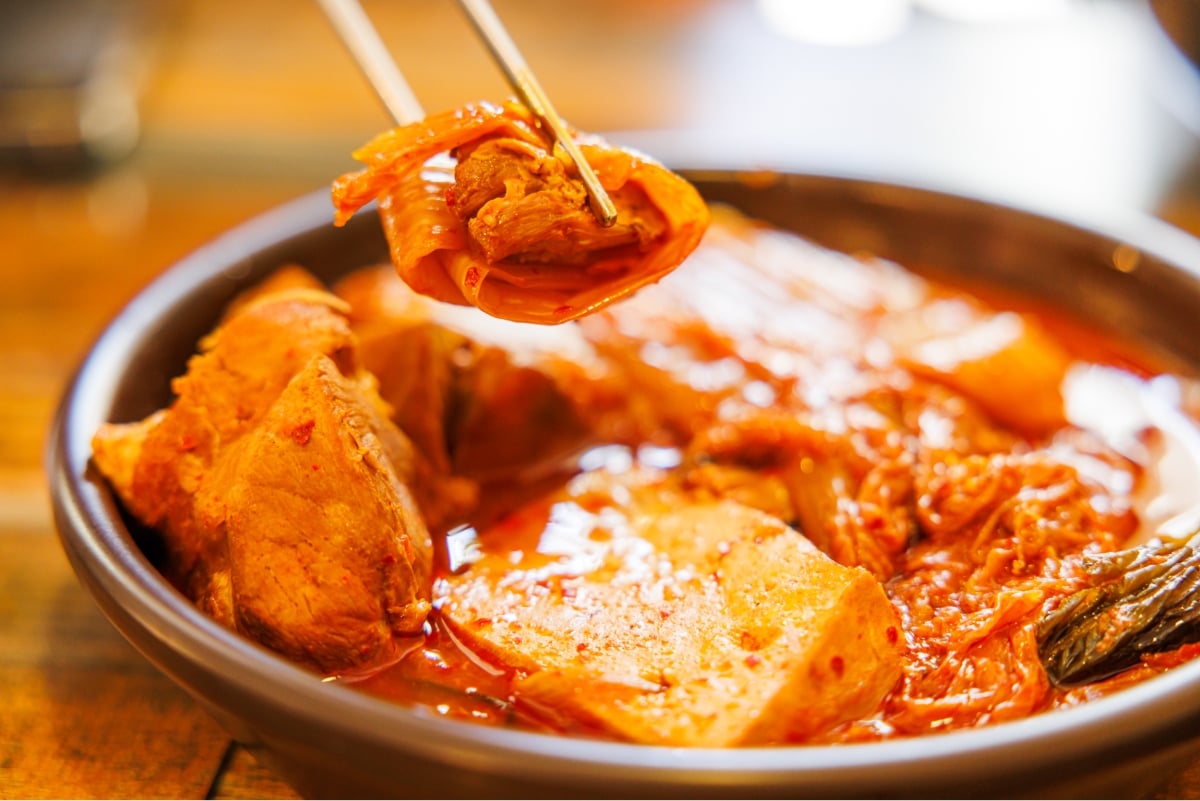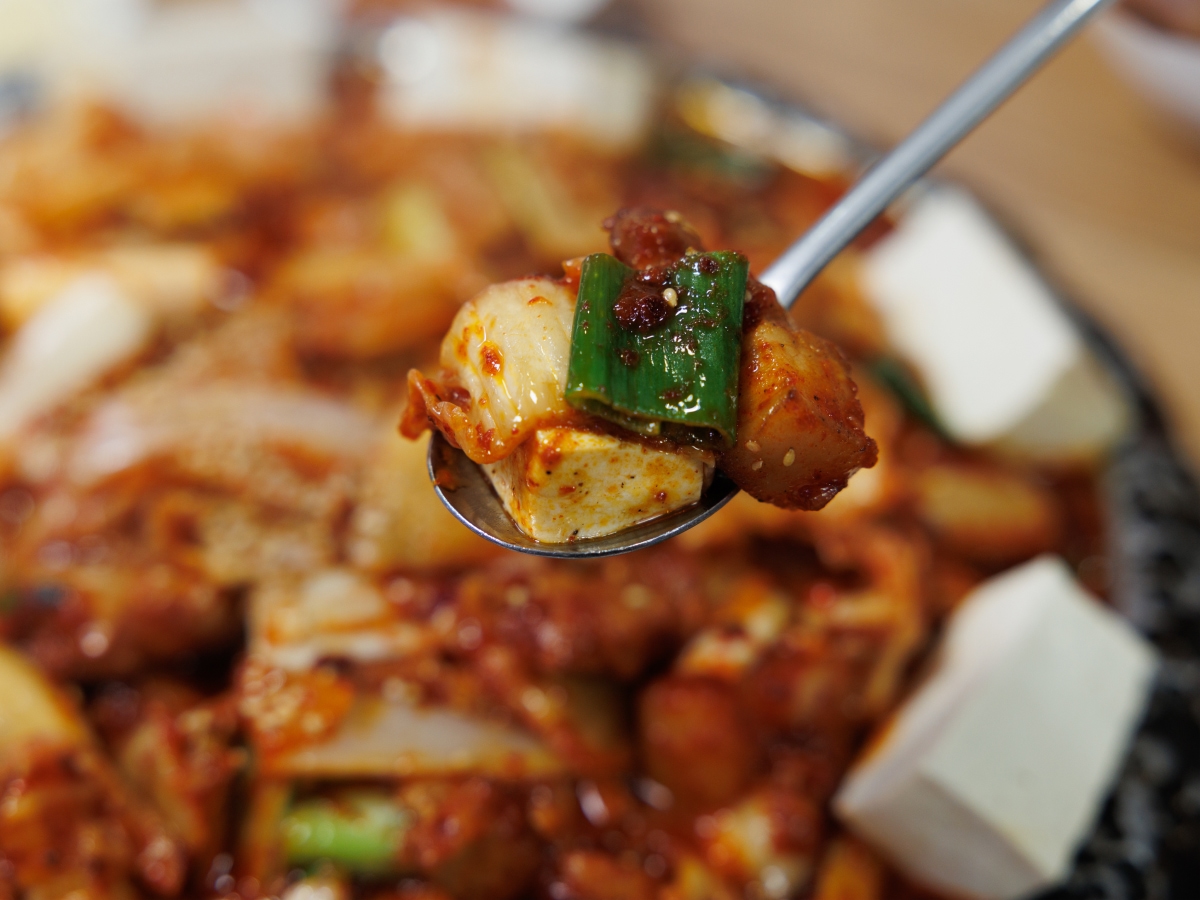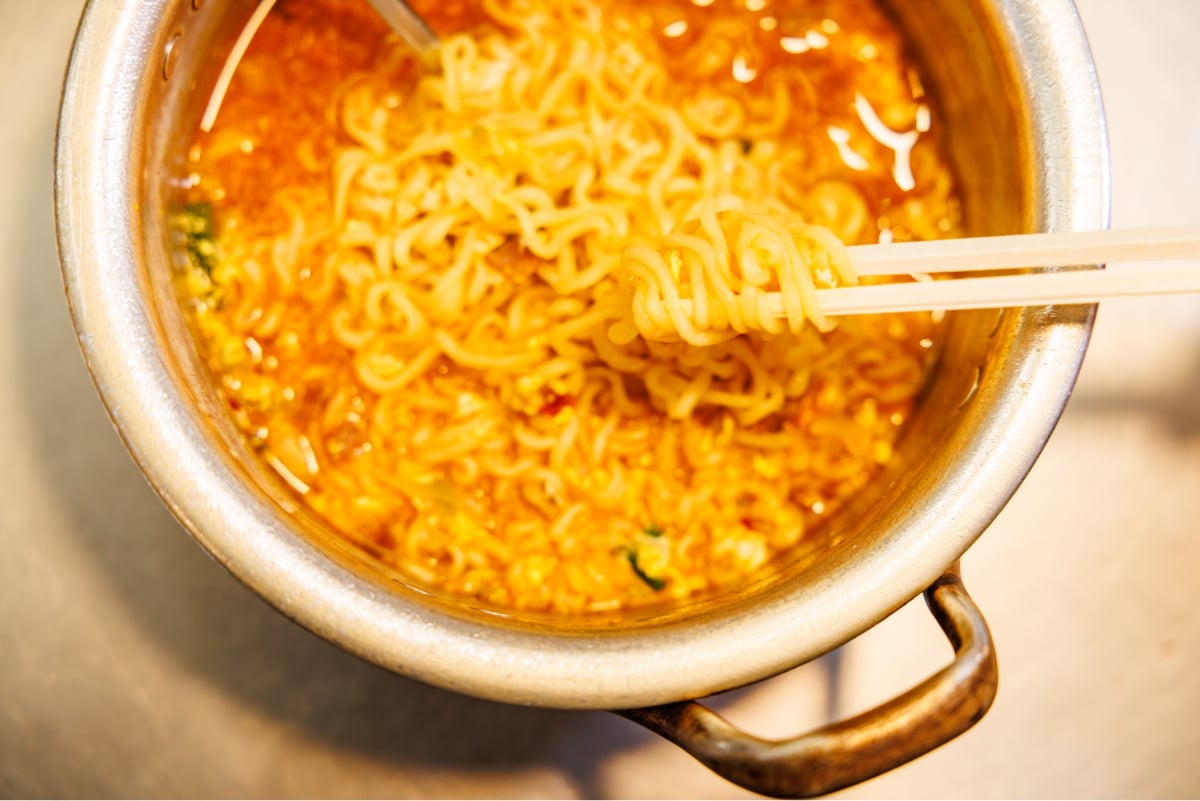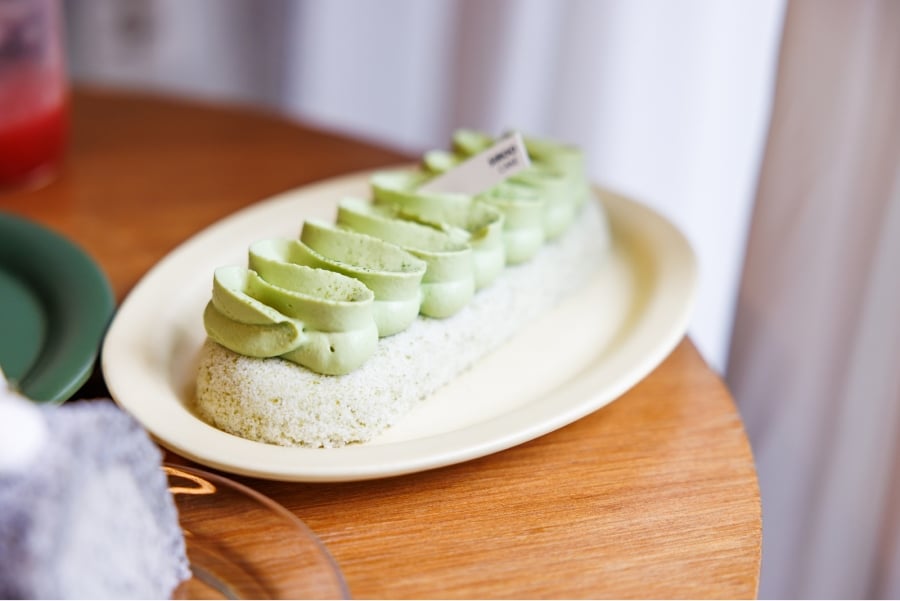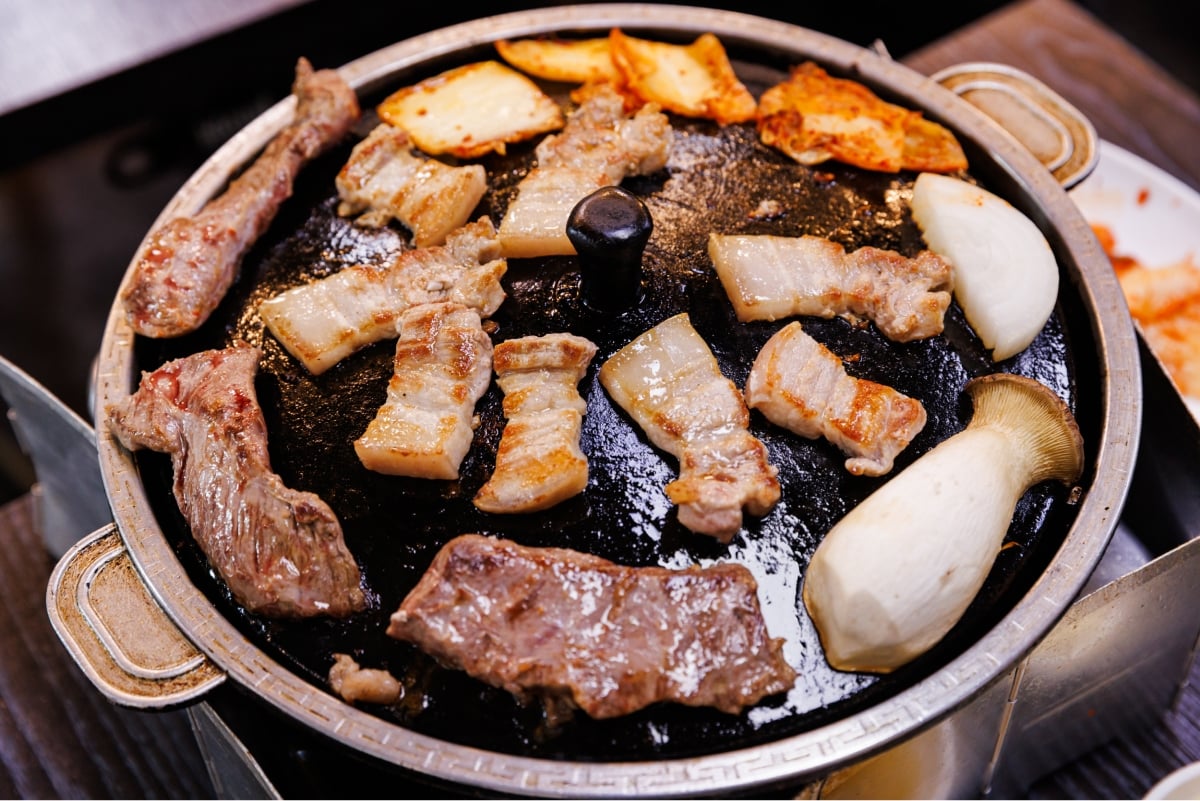Exploring the Soul Foods of Korea: Ramyeon and Kimchi
The term “soul food” is often associated with the traditional dishes of African Americans, capturing their identity and culture. Interestingly, in Korea, this term has been adopted and used to refer to “foods that have established their place in culture” or “foods that conjure up fond memories.” While there are numerous soul foods in Korea, ranging from the royal dishes enjoyed in the Joseon palaces to the beloved Bunsik snack dishes, two stand out as quintessential Korean soul foods: Ramyeon and Kimchi.
Ramyeon: The Ubiquitous Comfort Food
Ramyeon, the Korean version of instant noodles, is a staple in the lives of Koreans. It can be found everywhere, from convenience stores to high-end restaurants, yet it never fails to fill the Korean people’s souls with its depth and familiarity. Ramyeon has become an integral part of the Korean culinary landscape, transcending its humble origins as a quick and convenient meal to become a beloved comfort food that evokes a sense of nostalgia and cultural identity.
Kimchi: The Cornerstone of Korean Cuisine
Kimchi, the iconic fermented vegetable dish, is another quintessential Korean soul food. It is a staple in almost every Korean household, and its presence is ubiquitous in Korean cuisine. Kimchi is not just a side dish; it is a culinary tradition that has been passed down through generations, reflecting the resilience and adaptability of the Korean people. The depth of flavors and the cultural significance of Kimchi make it a
Here is the content with the requested edits:
Discover the Delightful World of Korean Ramyeon and Kimchi Dishes
Koreans often consume Ramyeon that can be quickly cooked with noodles, solid ingredients, and seasoning. Ramyeon itself is delicious on its own, but one can also add an egg or some green onion to elevate the flavor. Add some rice to the soup, and you will have a delightful feast. Restaurants that specialize in Ramyeon take the flavor of the dish to the next level. The precise amount of water used maximizes the richness of the broth, while rapidly cooking the noodles over high heat take on a springy texture. There’s no need for fancy tricks here. The dedication to the basics alone establishes this dish as a product of a master.
Hangang River: The Perfect Backdrop for Ramyeon Bliss
Hangang River is a great place to enjoy some Ramyeon. Ramyeon served at convenience stores by Hangang River is an experience that everyone, both Koreans and international visitors, wants to have. The open view of Hangang River adds a special flavor to the Ramyeon. Ramyeon served at Hangang riverside convenience stores is quite different from Instant Cup Noodles. You purchase a Ramyeon packet at the convenience store and boil it in a cooking station in the store. Add water to the container, add the noodles and sauce packet, and choose the type of Ramyeon. You can leave the rest to the machine. The machine makes a perfect bowl of Ramyeon tailored to that specific Ramyeon packet, so even those who don’t know how, can prepare an excellent bowl. Add a raw egg if you want, sit down on a place with a great view, and enjoy the perfect harmony of Ramyeon with the view of Hangang River.
Elevating Ramyeon with Unique Ingredients
You can get a whole new variety of Ramyeon by adding interesting ingredients to a basic Ramyeon. Meet the unique Ramyeon created with different ingredients, enhancing not only the flavor but also enriching the nutritional value. Spicy Beef Tartare Ramyeon, which features vegetables and Beef Tartare topping spicy-and-tangy Ramyeon, is one such Ramyeon dish. Like Beef Tartare served in beef specialty restaurants, the Beef Tartare is topped with an egg yolk. Mix the Ramyeon in Sauce, fresh vegetables, and savory Beef Tartare to create an astounding harmony. Another example of such Ramyeon dish is the “Chapaguri with Strip Loin,” made famous by the movie “Parasite (2019).” This dish combines Korean beef with a distinctive Black Bean Sauce Ramyeon, delivering a unique flavor experience. Ramyeon served with seafood is beloved for its flavorful broth and vibrant visual appeal. Seafood Ramyeon includes Octopus Ramyeon, prepared with shrimp and whole octopus; Soybean Paste Ramyeon, made with blue crab and soybean paste instead of sauce packet; and Freshwater Snail Ramyeon.
Kimchi Jjigae: A Spicy Comfort in a Bowl
Kimchi Jjigae is a dish that just requires Kimchi. It is an essential part of Korean home cooking, but many also enjoy it in restaurants as well. Most Kimchi Jjigae is prepared by boiling Kimchi with pork, bean curd, and onions. Aged Kimchi, which takes on a tangy note with long periods of fermentation, is often used to make this dish. The dish is made by stir-frying pork and Kimchi in sesame or perilla oil, add water and other ingredients, and bring to boil. The flavors of ingredients bloom with the spicy note from Kimchi. Kimchi Jjigae goes well with any side dish, but it goes particularly well with tender and rich Rolled Omelet. The two even go well together in colors, the red of Kimchi Jjigae clashing with golden Rolled Omelet, so many Koreans take the two as a match made in heaven.
Braised Pork with Kimchi: A Tantalizing Fusion of Flavors
Braised Pork with Kimchi looks similar to Kimchi Jjigae, but in reality it is quite different. Kimchi Jjigae is soupy, while Braised Pork with Kimchi is braised until there is almost no soup left. Kimchi is sliced lengthwise and braised over a long period of time with pork, bean curd, green onion, and garlic to create this wonderfully tangy and tender dish. Restaurants specializing in Braised Pork with Kimchi often use Kimchi aged for multiple years. That is because the tangy note of aged Kimchi goes really well with mild pork. Pork cuts used for Braised Pork with Kimchi include pork belly, back-bones, and hind leg. Use the pork shoulder, which has greater protein content, to create a less fatty dish. Wrap a tender piece of pork with well-braised Kimchi, and take a bite. You will see the distinct charm compared to Kimchi Jjigae.
Stir-fried Pork and Kimchi: A Savory Delight
Kimchi is great on its own or cooked in Kimchi Jjigae, but when stir-fried in oil it takes on a richer, more savory flavor. Stir-fried Pork and Kimchi is made by stir-frying Kimchi and spiced pork, adding various vegetables, and braising with a little bit of broth. It is great served over warm steamed rice, but one can also enjoy it in a vegetable wrap with kimchi, meat, and rice as well. Different regions have different takes on this dish, but all feature pork and Kimchi stir-fried together. Bean curd mitigates the tanginess of Stir-fried Kimchi and goes well with pork, so Bean Curd with Stir-fried Pork and Kimchi is a popular side dish for drinks. This Kimchi dish is a perfect soup-free alternative to Kimchi Jjigae and Braised Pork with Kimchi.
Explore the diverse and delicious world of Korean Ramyeon and Kimchi dishes, where traditional flavors are elevated with unique ingredients and creative preparations. From the convenience store Ramyeon by the Hangang River to the tantalizing Braised Pork with Kimchi, there’s a world of culinary adventures waiting to be discovered in Korea.
